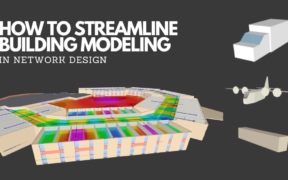Category: LTE

In the realm of wireless network design, where time is often of the essence, building modeling emerges as one of the most time-consuming aspects of the process. This blog post is dedicated to unraveling the critical role of building modeling, emphasizing the imperative for increased speed, simplicity, and precision. We’ll also delve into the challenges […]

In today’s digitally driven world, establishing a private network is a strategic move for many enterprises. The demand for seamless, secure, and reliable connectivity has led organizations to explore the benefits of owning and controlling their network infrastructure. This comprehensive guide will take you through the process of building a private network, emphasizing the significance […]

In the ever-evolving landscape of connectivity solutions, enterprises face a pivotal decision – whether to embrace the promise of 5G or deploy a blend of multiple network technologies. While the allure of a 5G-centric future is undeniable, practical considerations and real-world complexities necessitate a more nuanced approach. This article delves into the key factors that […]
